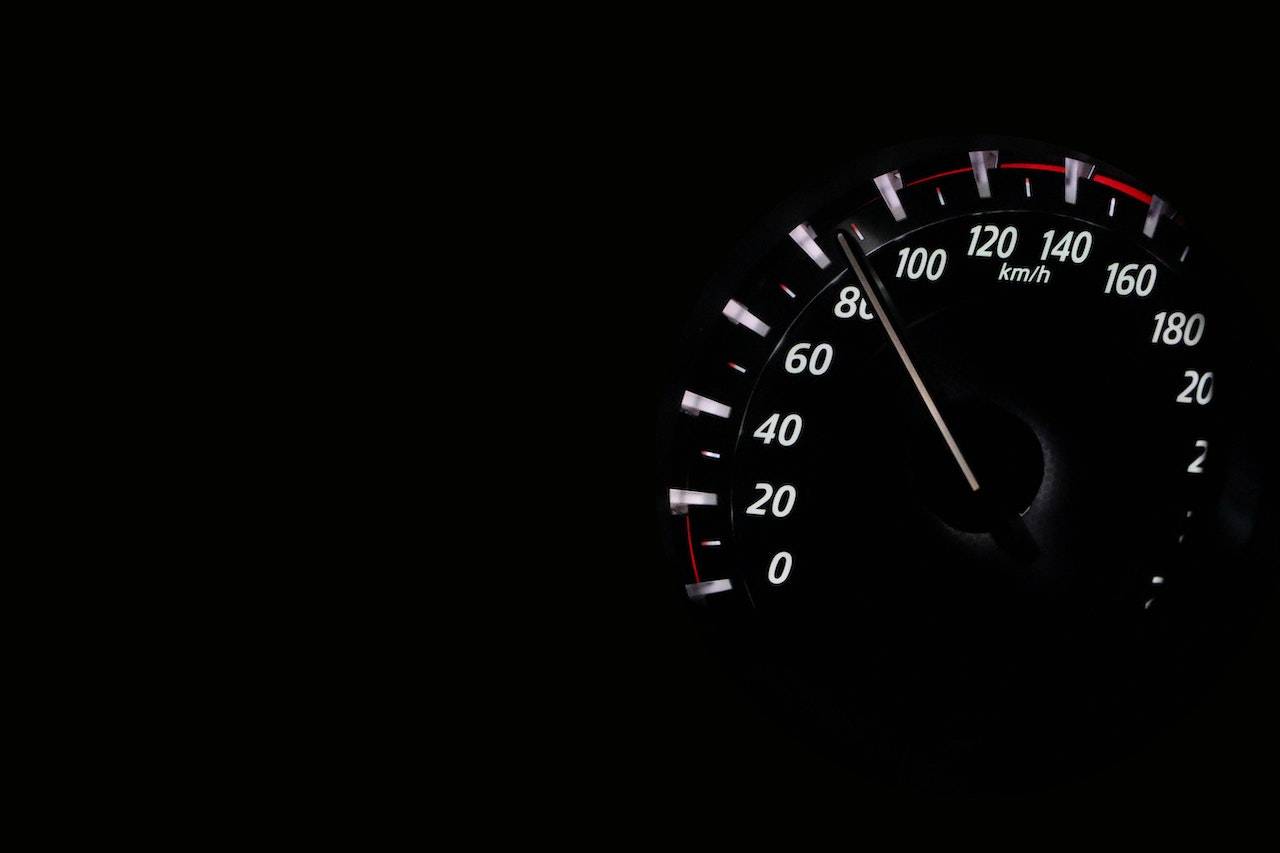
How to Reduce Page Load Time
Images are an integral part of any website. They can enhance the visual appeal of your content and make it more engaging for visitors. However, large image files can slow down your website's load time, resulting in a poor user experience. In fact, according to Google, a one-second delay in page load time can lead to a 7% reduction in conversions. Therefore, optimizing your images is essential for improving your website's performance.
In this blog post, we will share some tips for optimizing images to reduce page load time.
-
Choose the Right Image Format
The first step in optimizing your images is to choose the right file format. The most common image formats are JPEG, PNG, and GIF. Each format has its own strengths and weaknesses, and choosing the right one can significantly reduce the file size.
JPEG is the most widely used format for photographs and other complex images. It is a compressed file format that supports millions of colors and is ideal for images with a lot of detail. PNG is a lossless format that is best suited for graphics and images with transparency. GIF is a simple file format that supports animations and is ideal for small images with limited colors.
-
Compress Your Images
Compressing your images is a crucial step in reducing their file size. You can use image compression tools like TinyPNG, Kraken.io, or ImageOptim to compress your images without sacrificing quality. These tools use advanced algorithms to reduce the file size while maintaining the image quality.
You can also use a content delivery network (CDN) that automatically compresses your images. A CDN stores your website's files on servers all around the world and serves them to your visitors from the server closest to them. This can significantly reduce the load time and improve the user experience.
-
Resize Your Images
Resizing your images is another effective way to reduce their file size. You can use image editing software like Adobe Photoshop, GIMP, or Canva to resize your images to the correct dimensions. Keep in mind that larger images take longer to load, so it's important to find the right balance between image size and image quality.
-
Use Lazy Loading
Lazy loading is a technique that delays the loading of non-critical resources, such as images, until they are needed. This means that images that are below the fold (not visible on the screen) will not load until the user scrolls down. Lazy loading can significantly reduce the load time of your website and improve the user experience.
You can use a JavaScript library like LazyLoad or AOS (Animate On Scroll) to implement lazy loading on your website.
-
Leverage Browser Caching
Leveraging browser caching can also improve your website's performance. When a visitor comes to your website, their browser downloads all the files needed to display the page, including images. If you enable browser caching, the browser will store some of these files in its cache. The next time the visitor comes to your website, the browser can load the files from its cache, reducing the load time.
To enable browser caching, you can add a few lines of code to your .htaccess file or use a caching plugin like WP Super Cache or W3 Total Cache.
Conclusion
In conclusion, optimizing your images is essential for improving your website's performance. By choosing the right image format, compressing your images, resizing your images, using lazy loading, and leveraging browser caching, you can significantly reduce the load time of your website and provide a better user experience.
